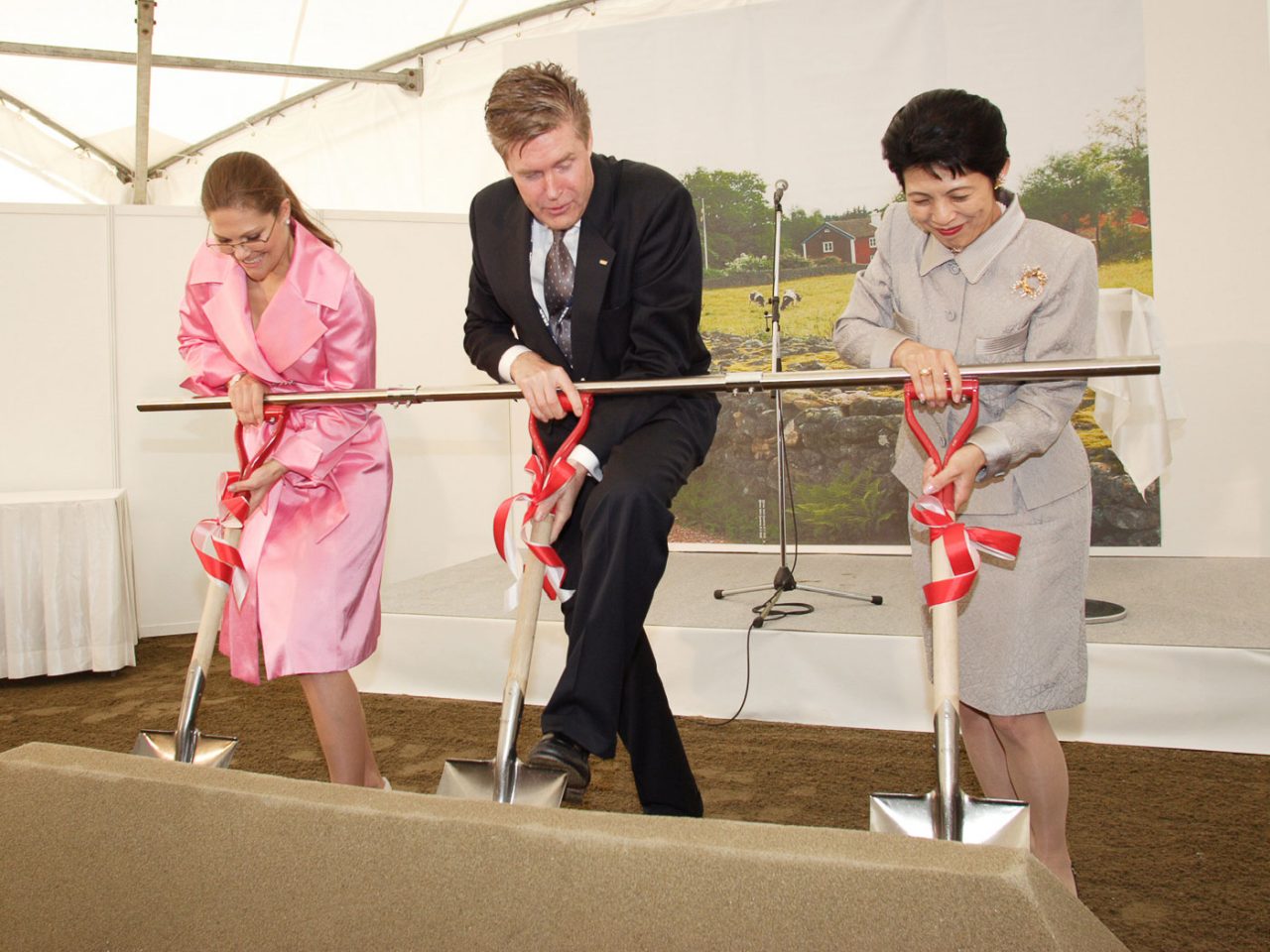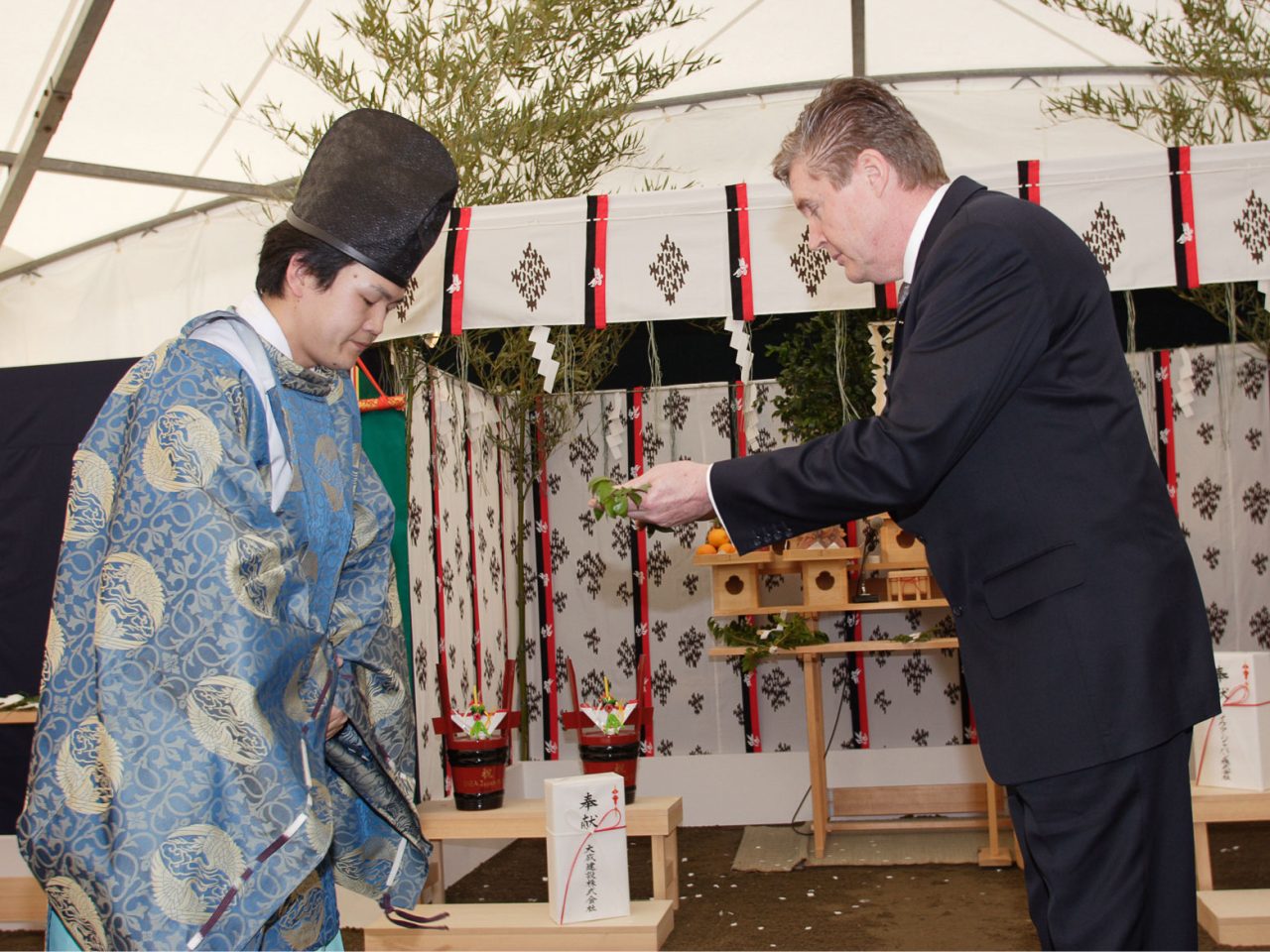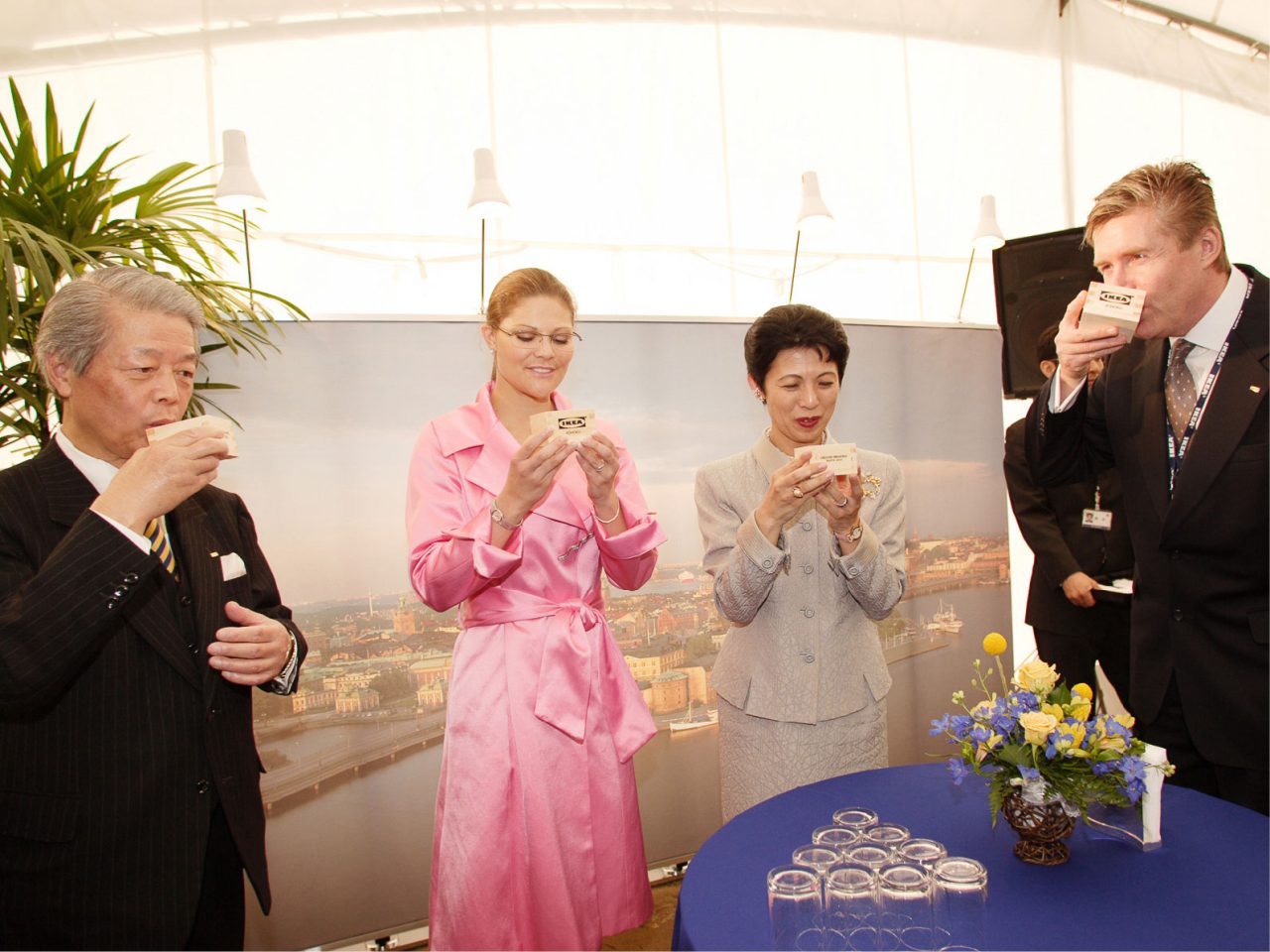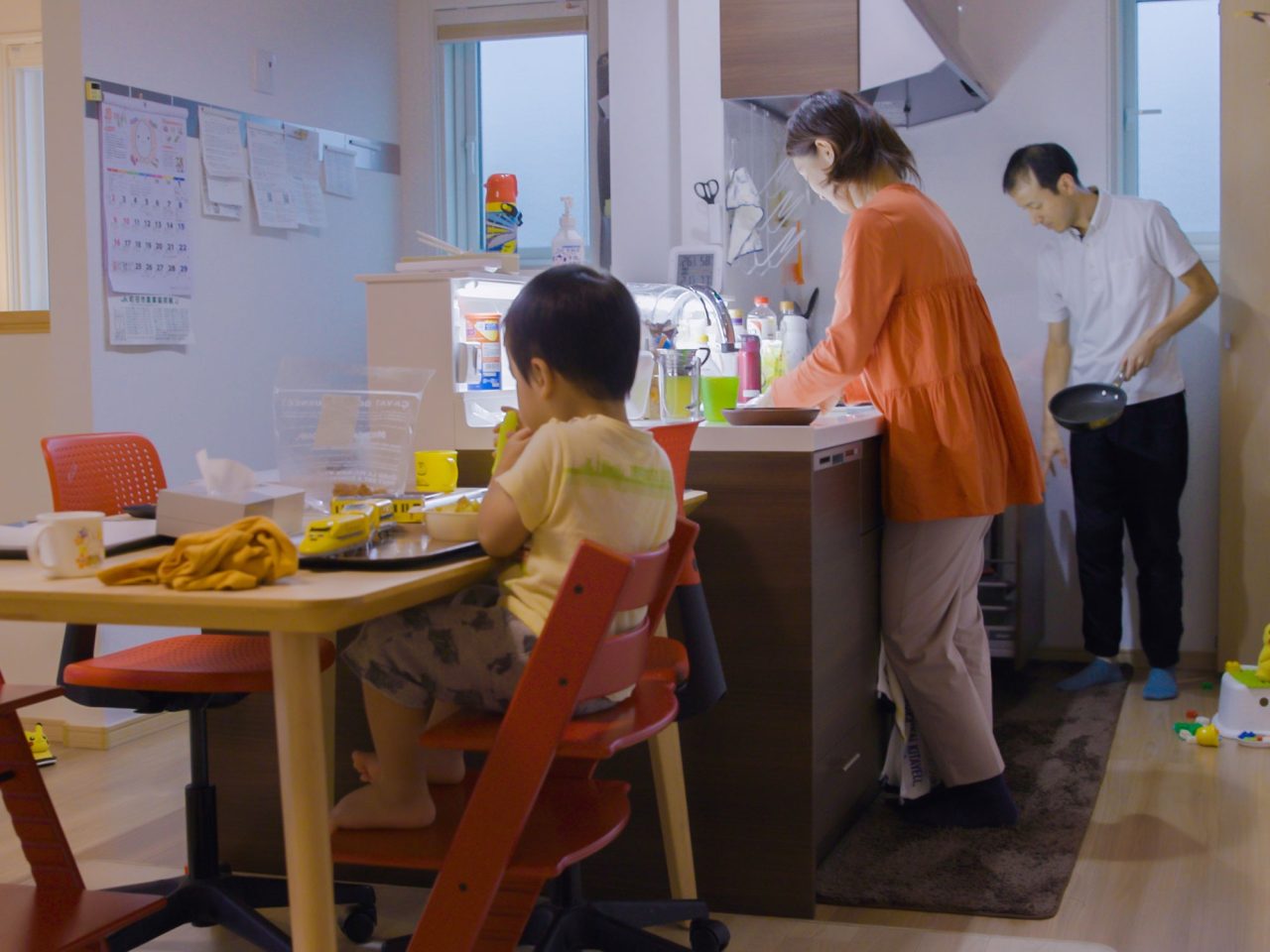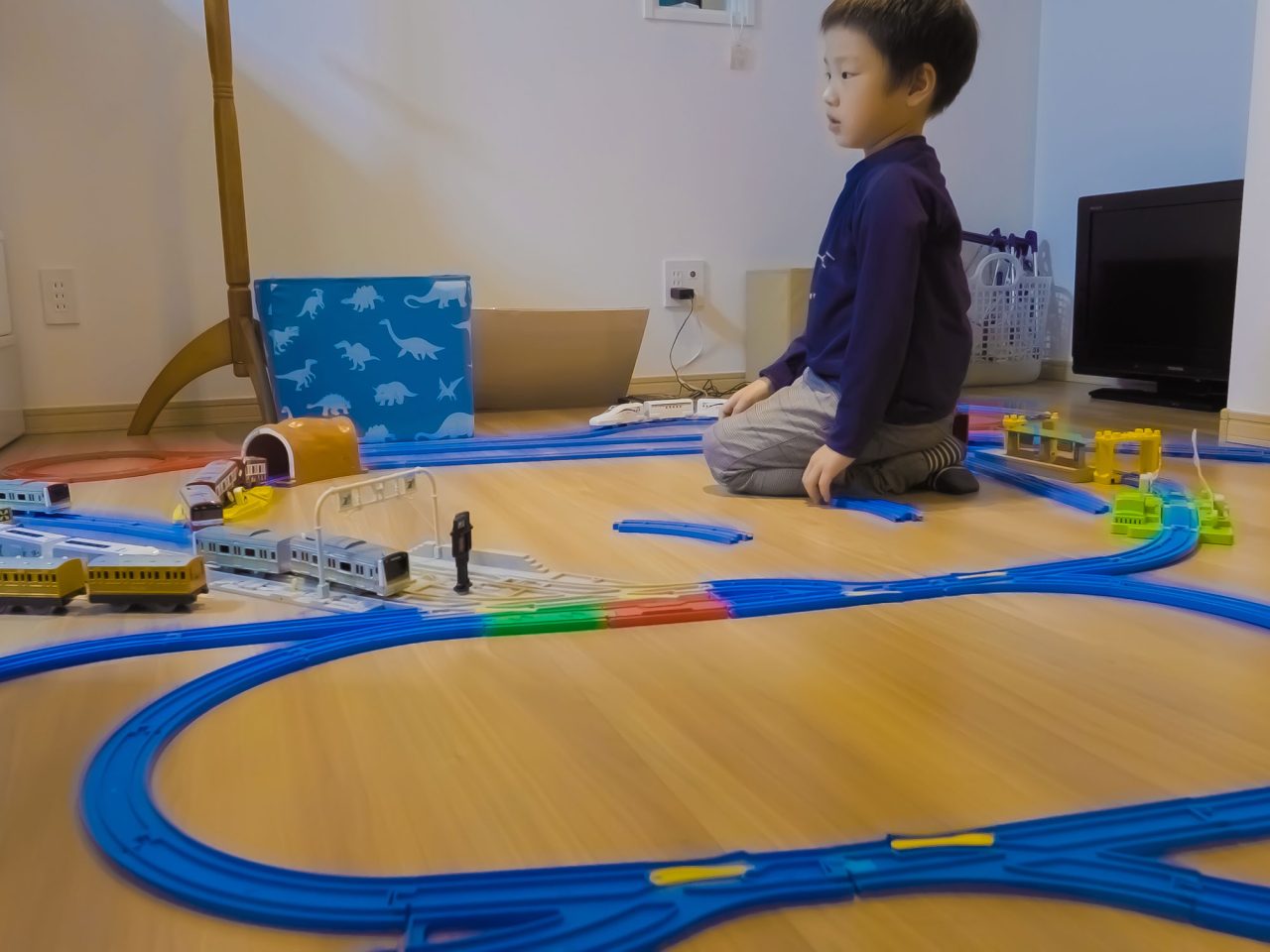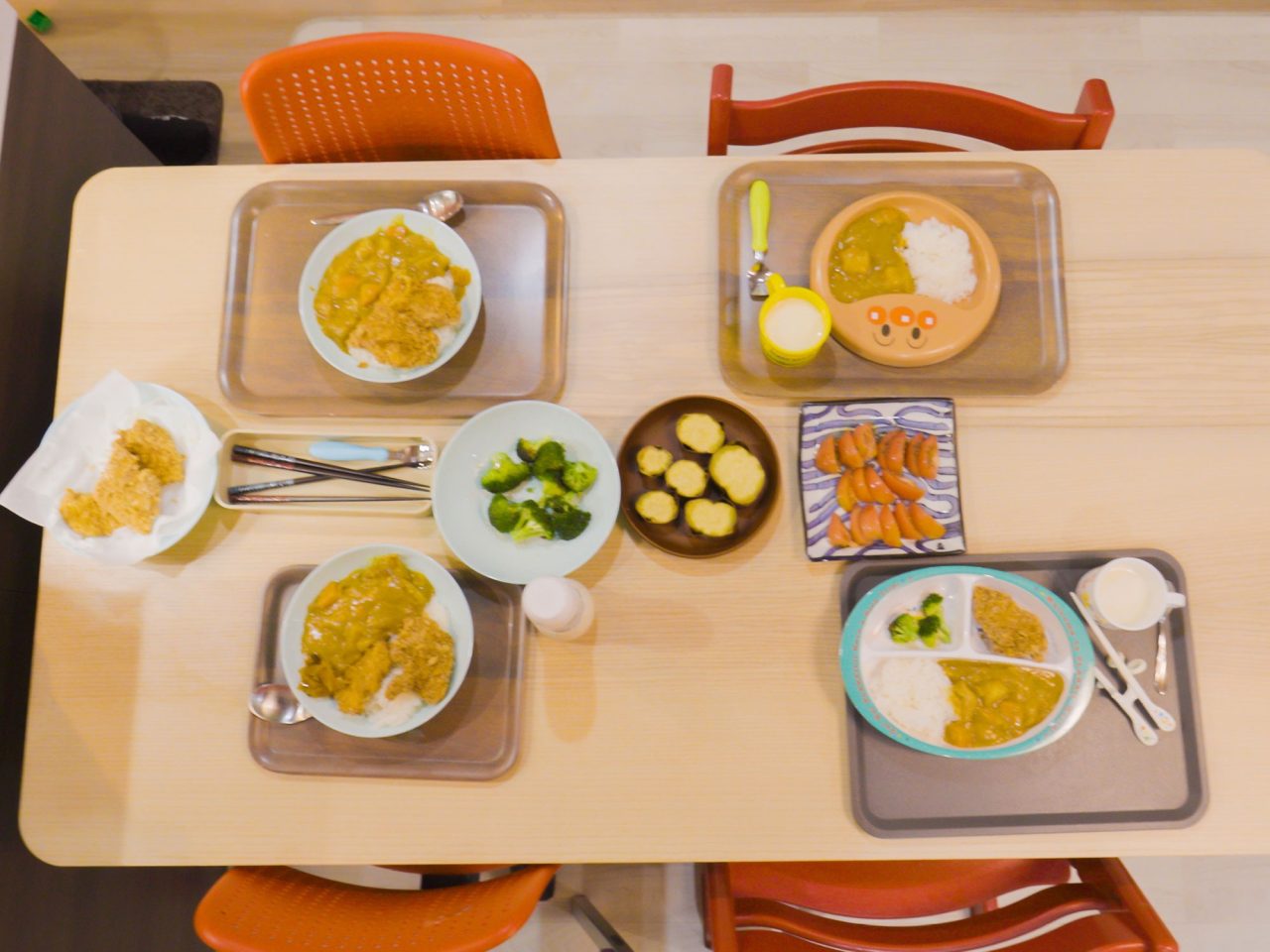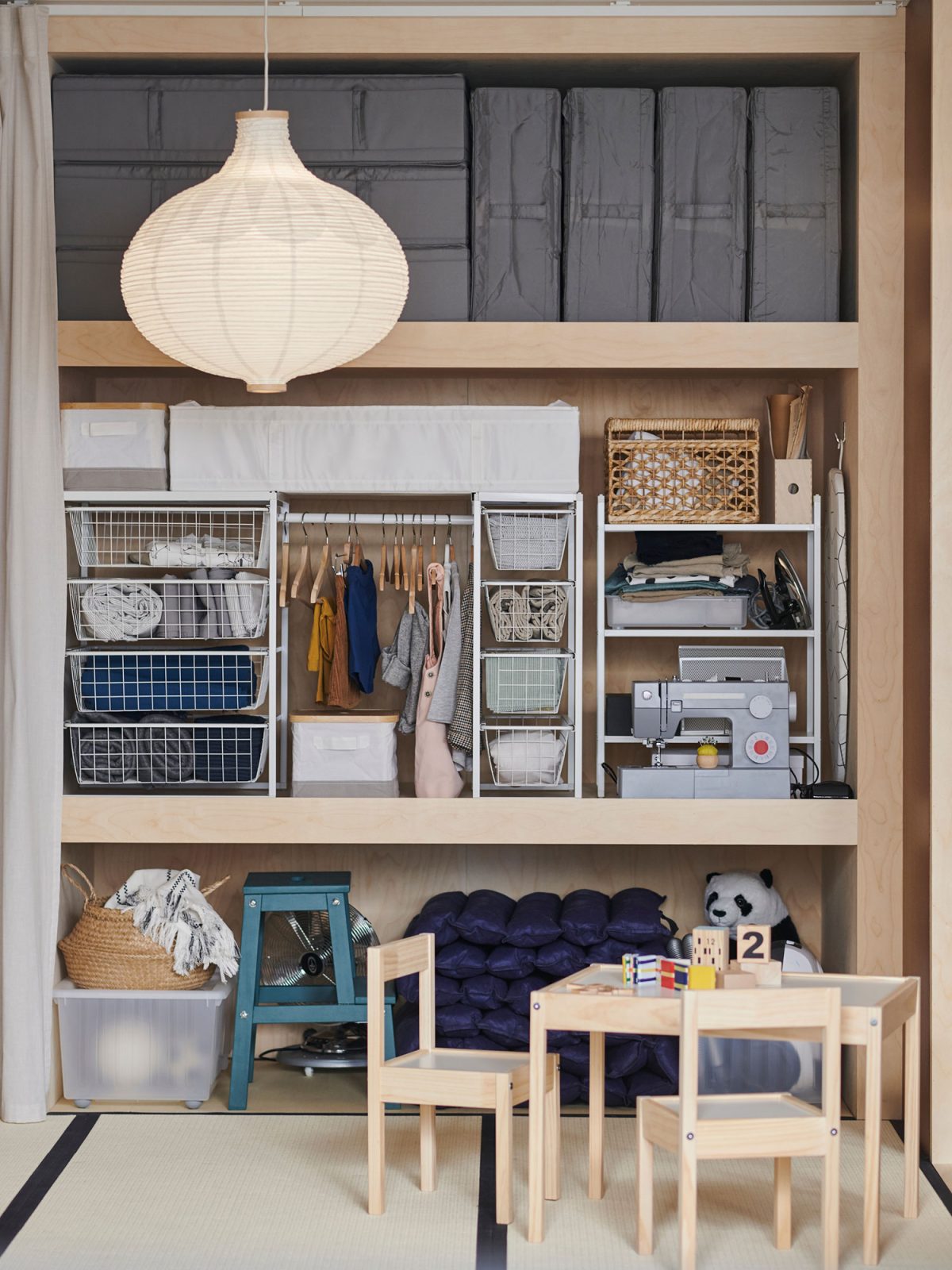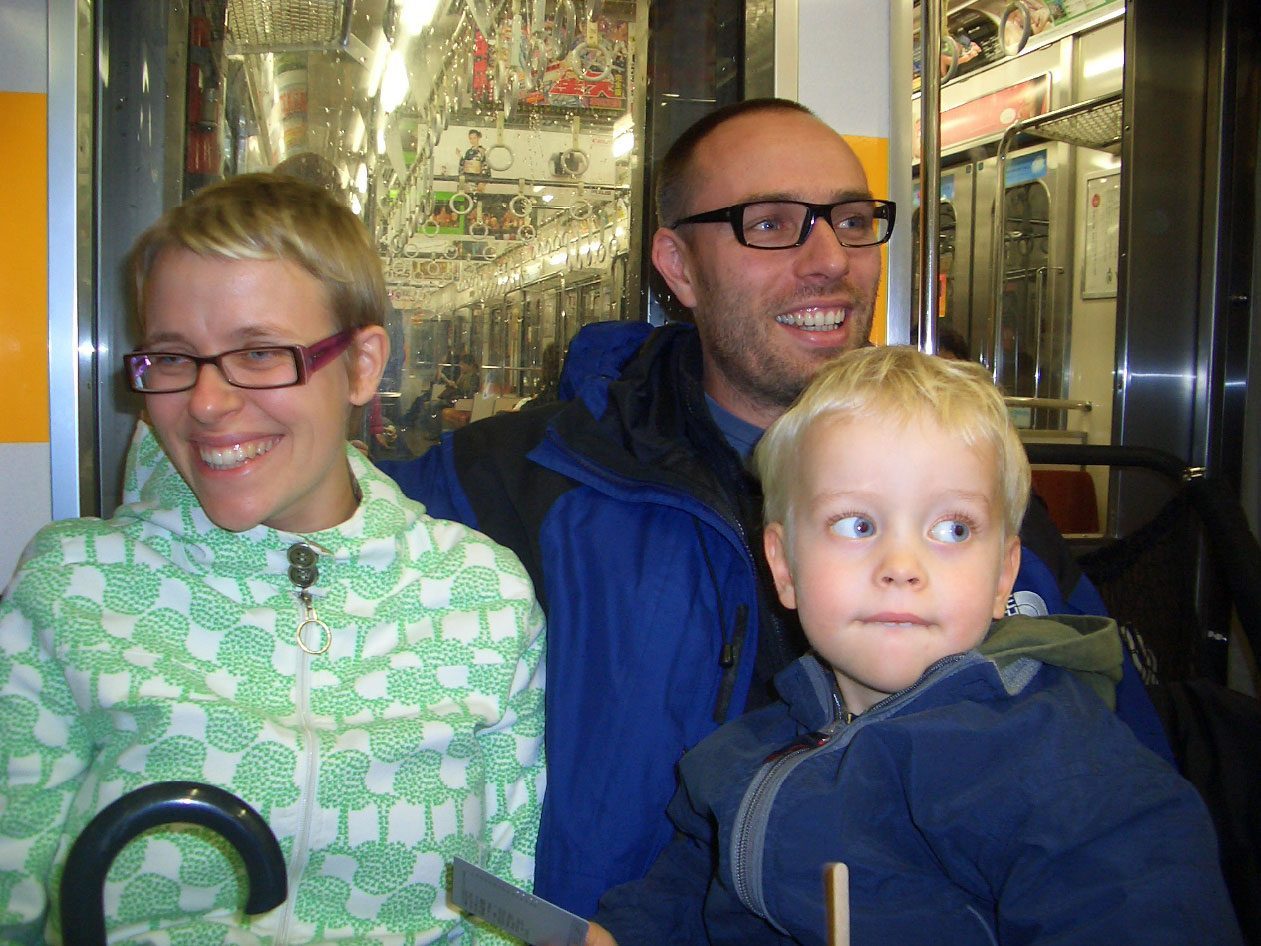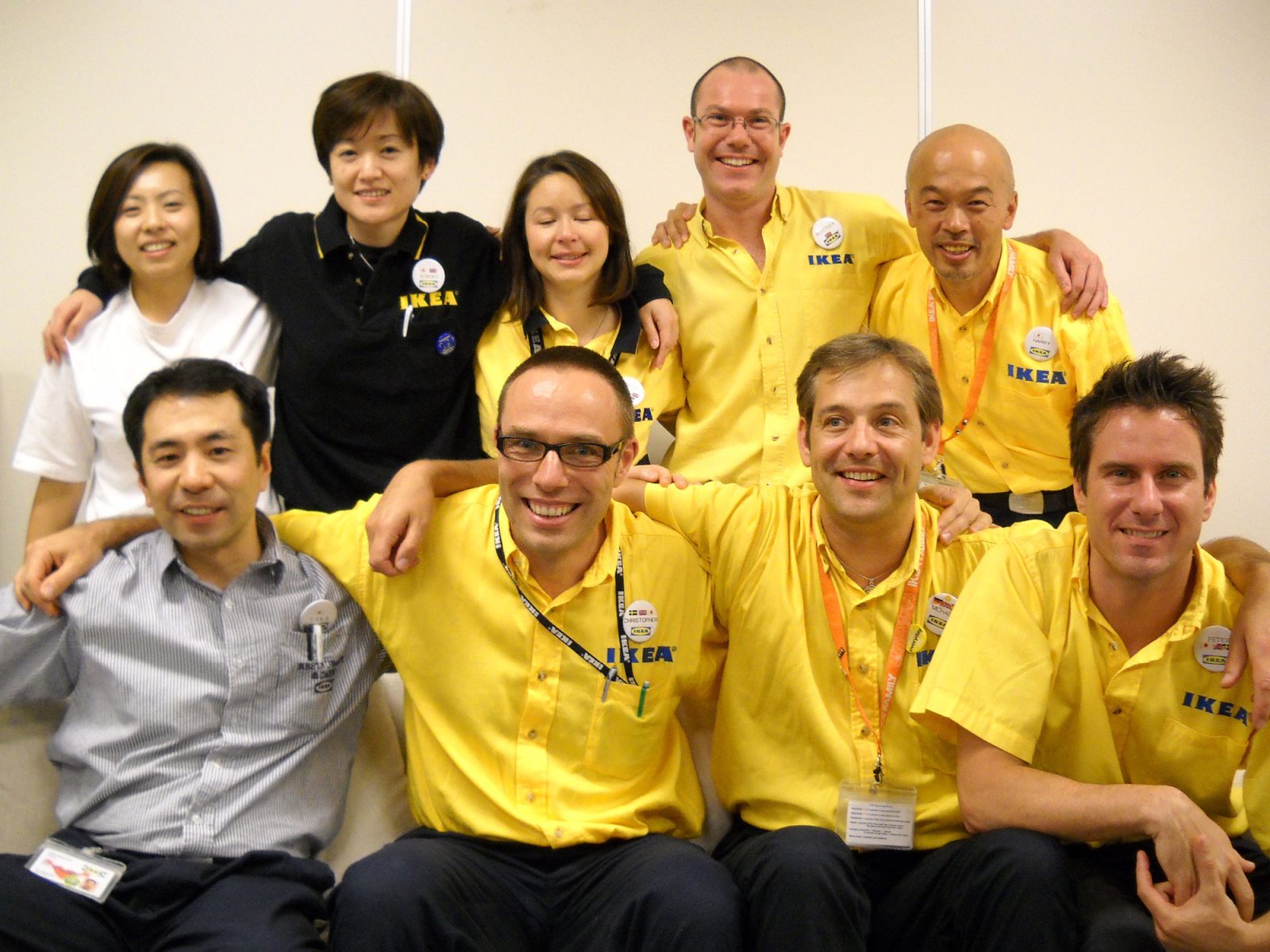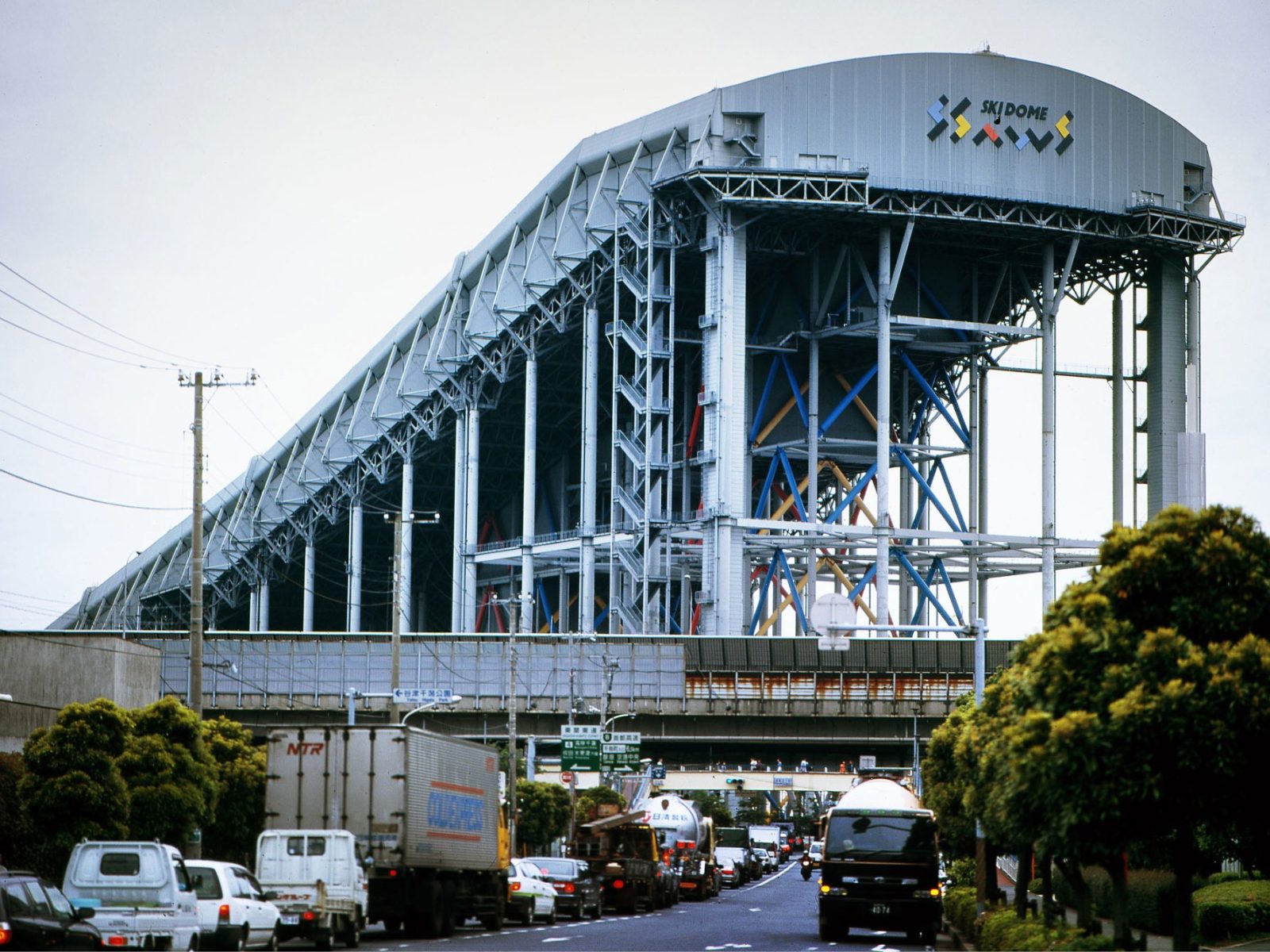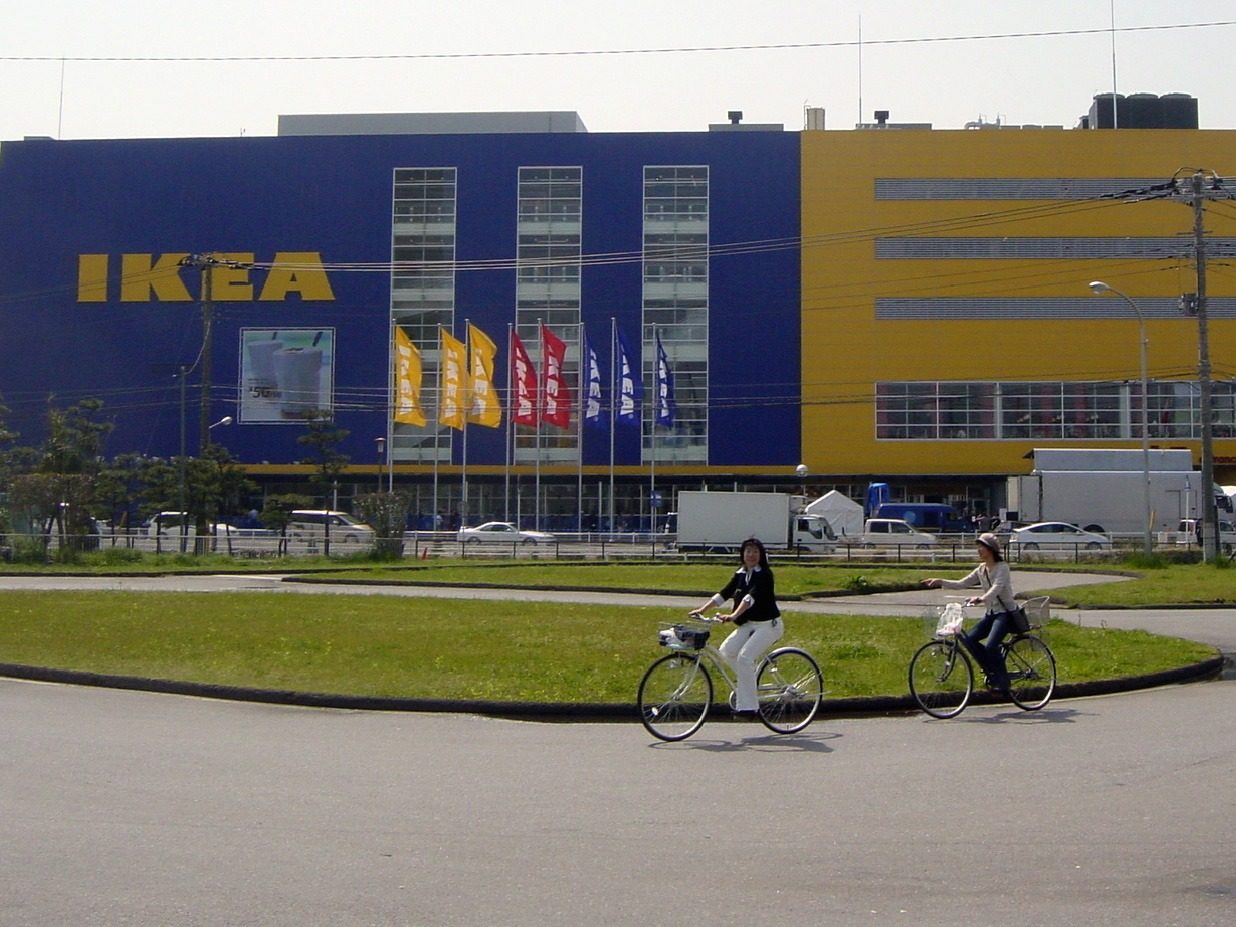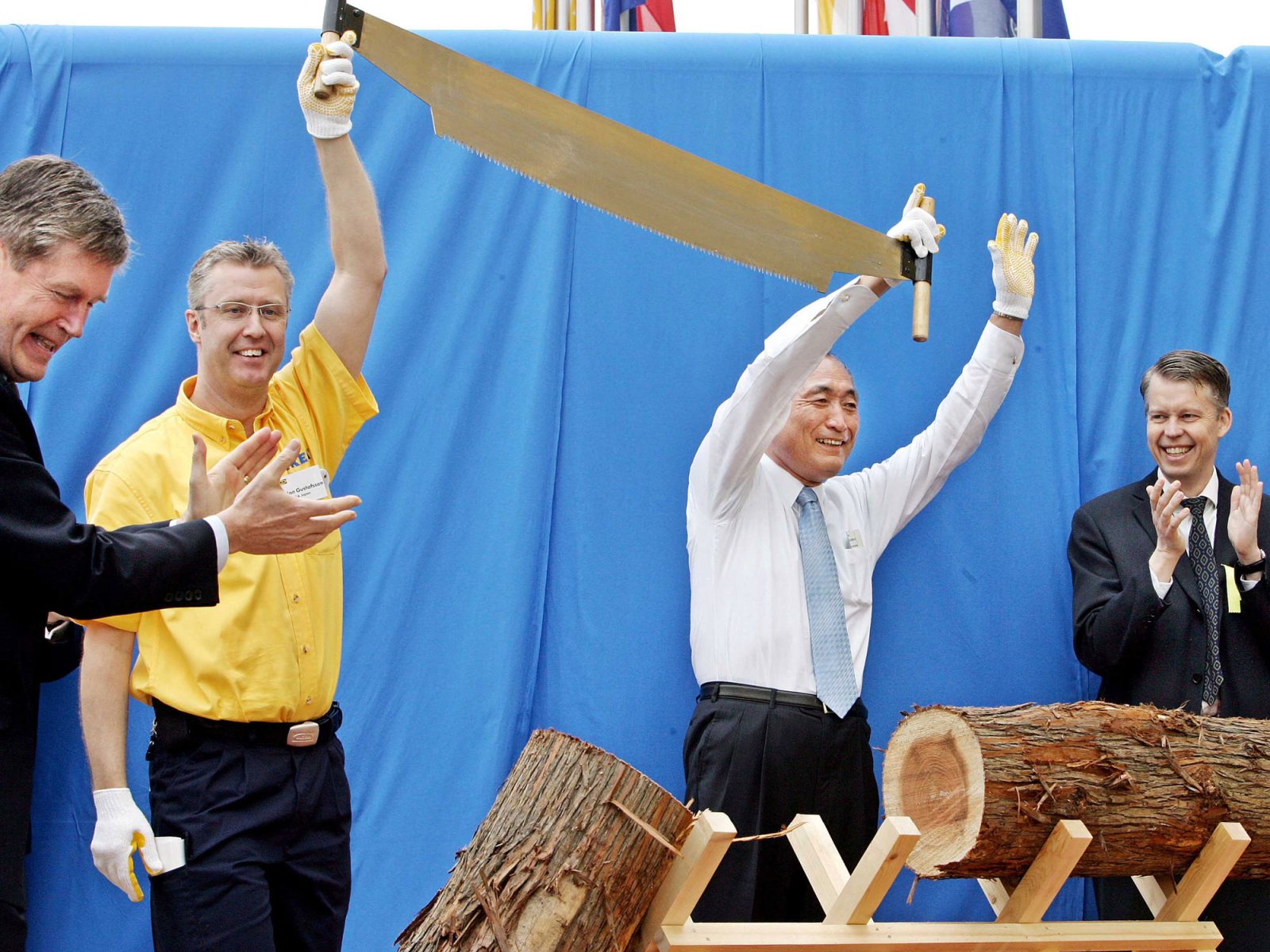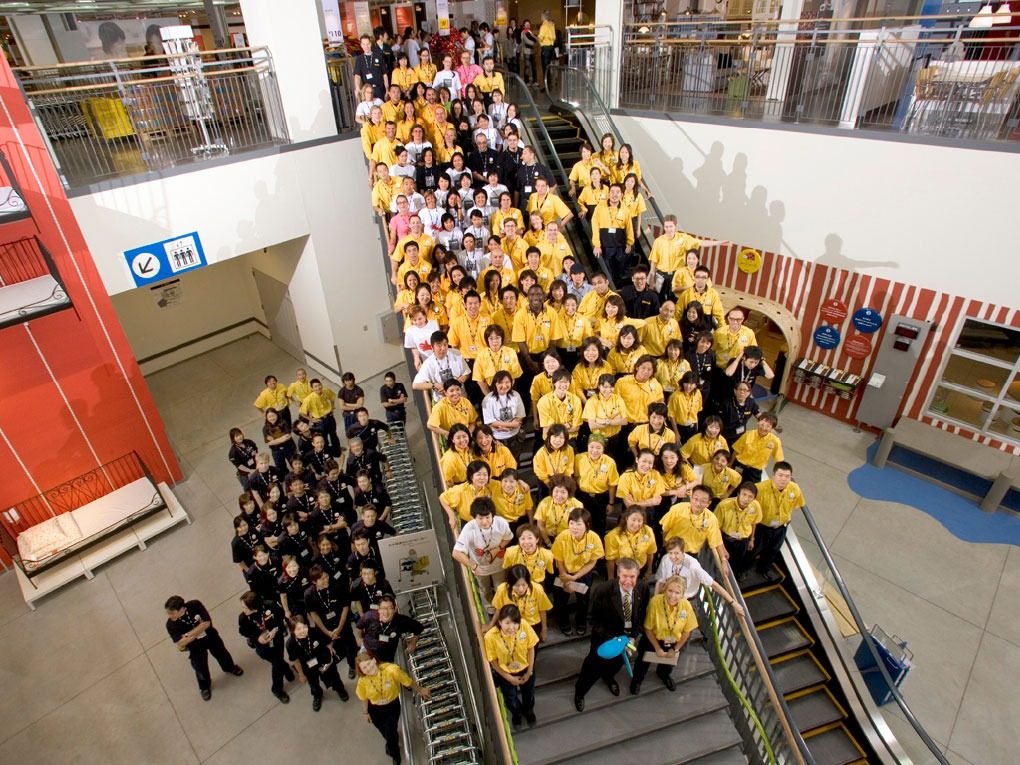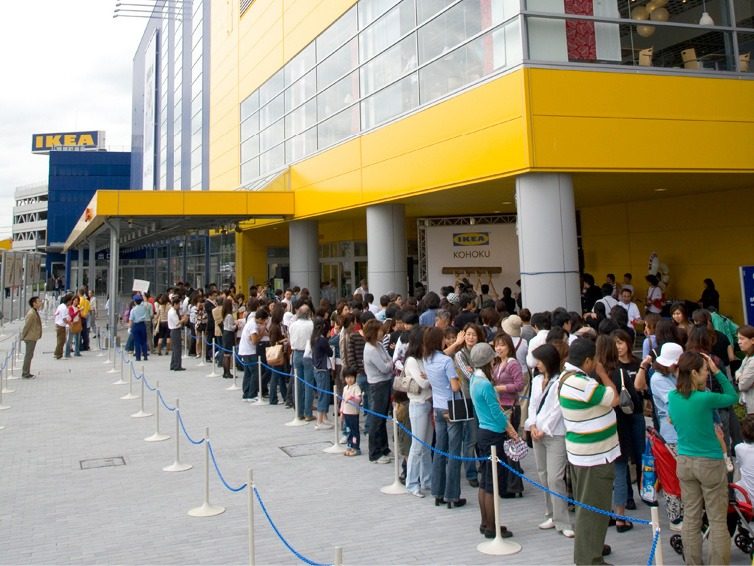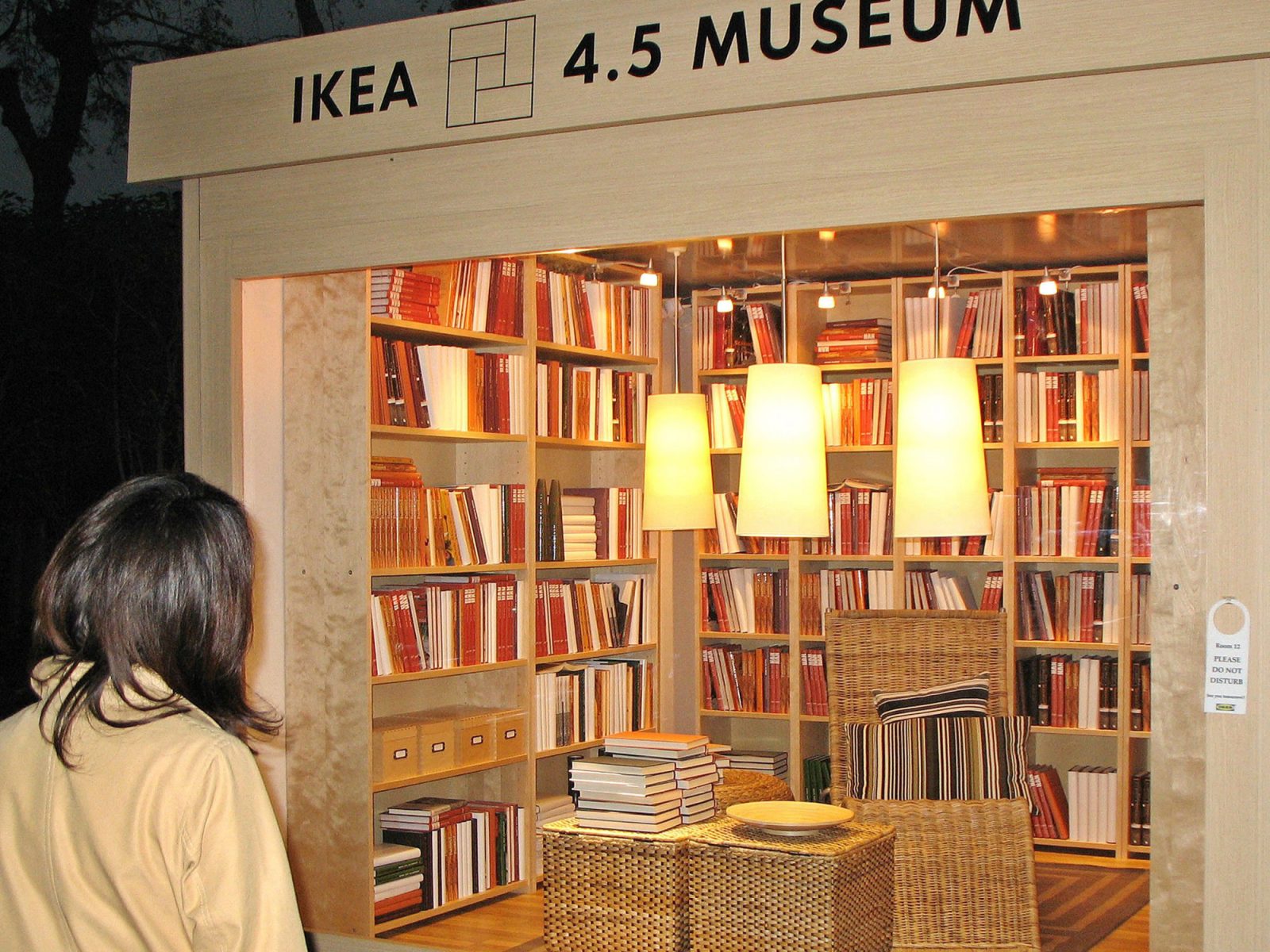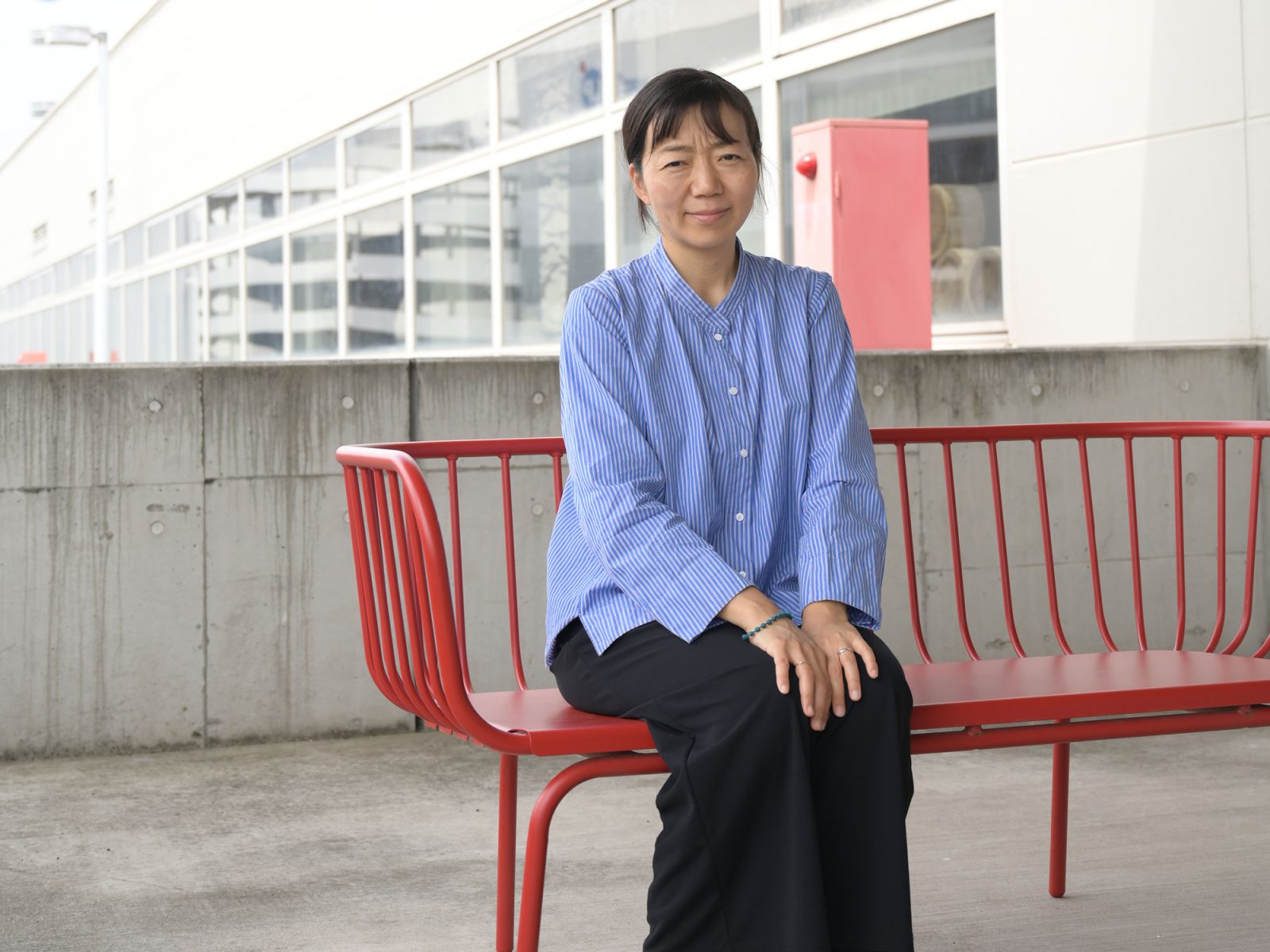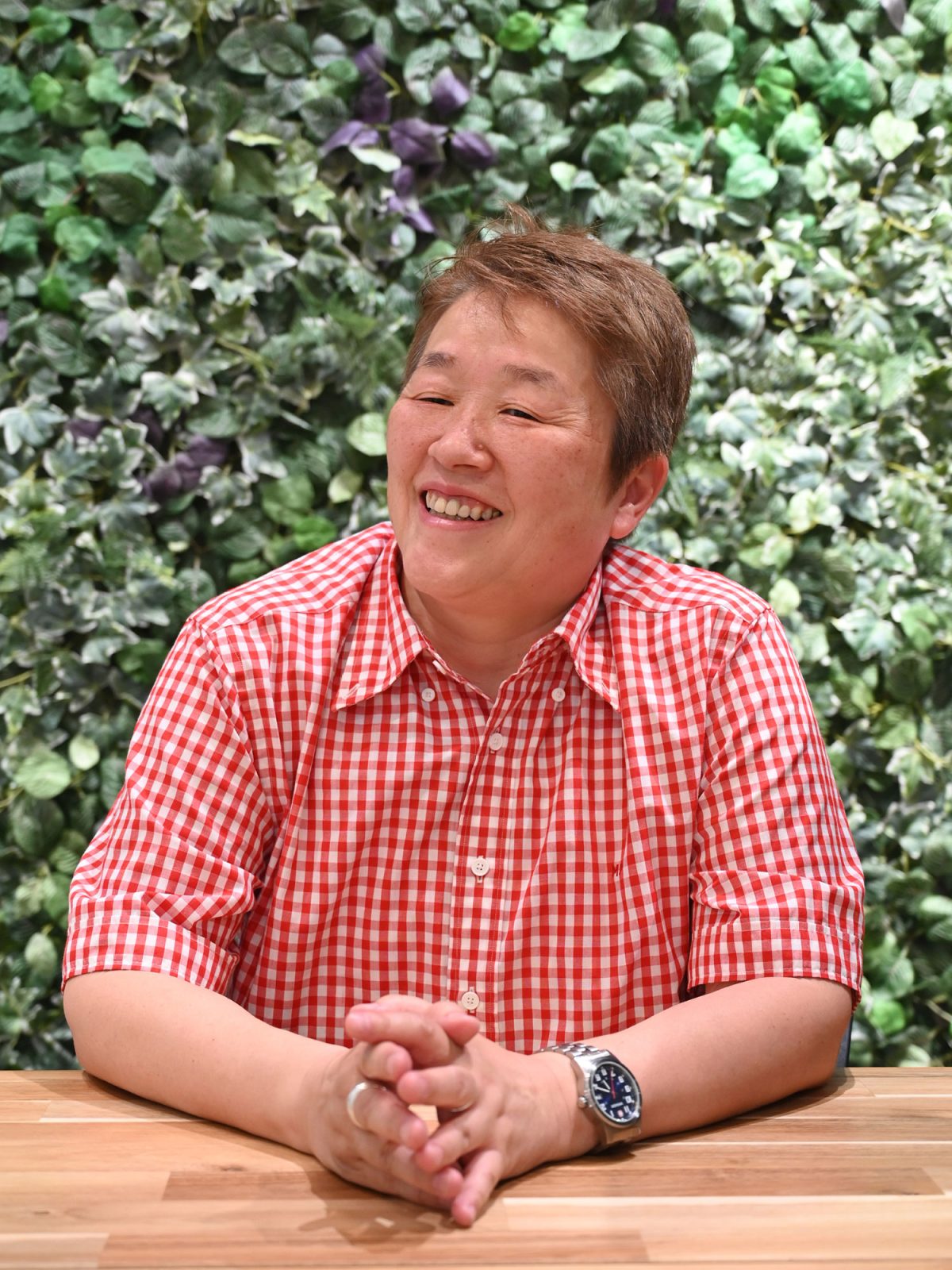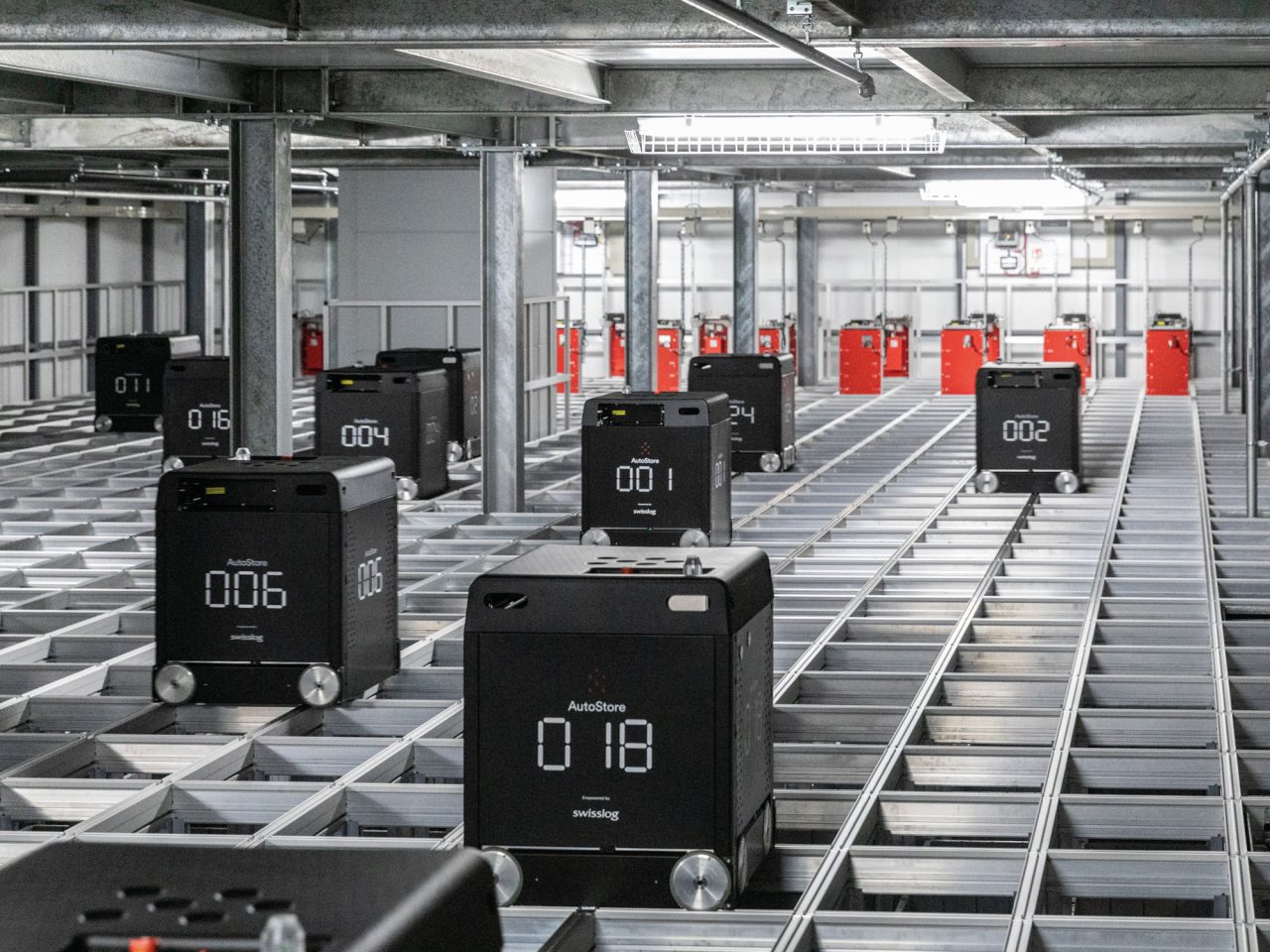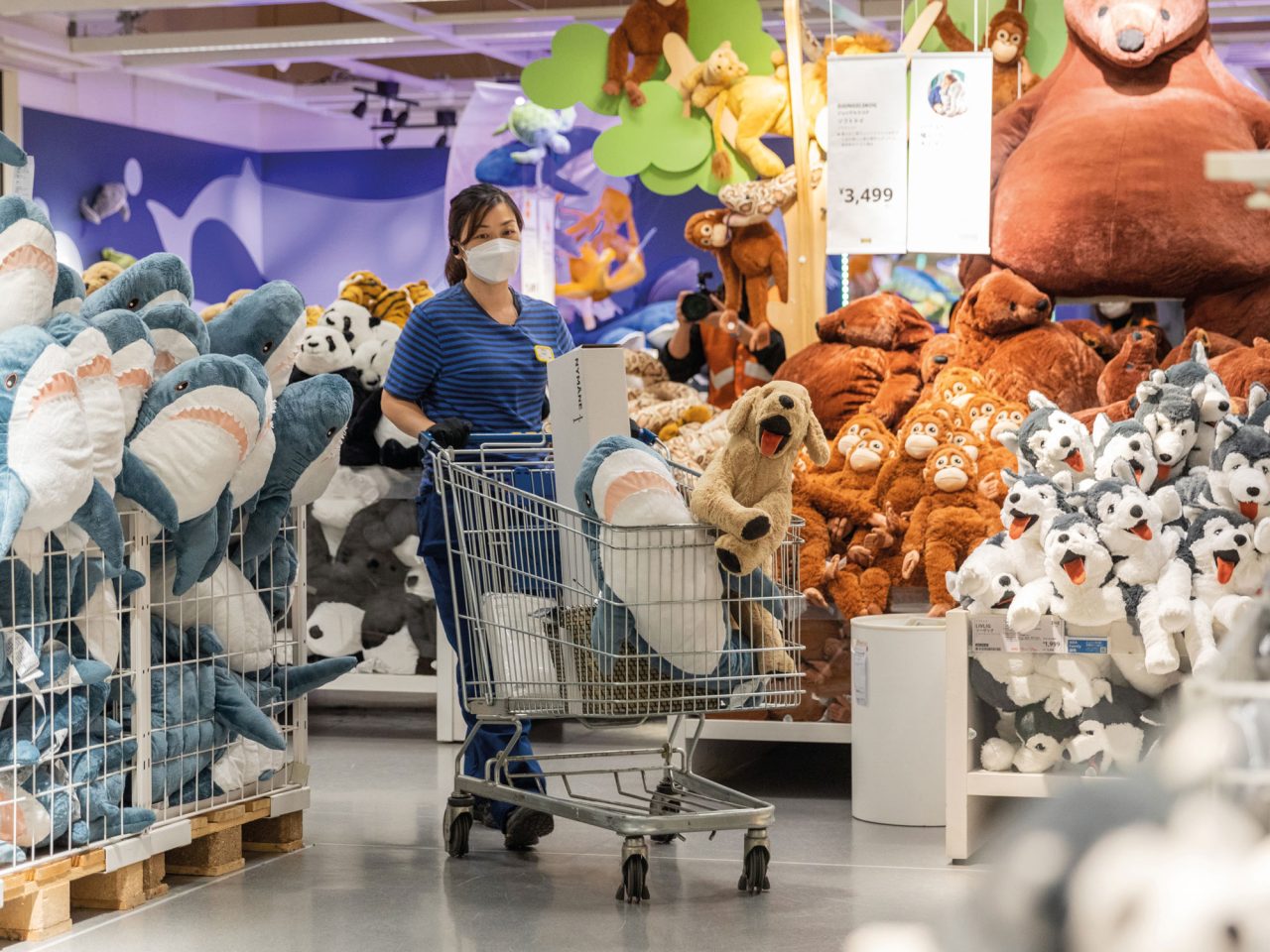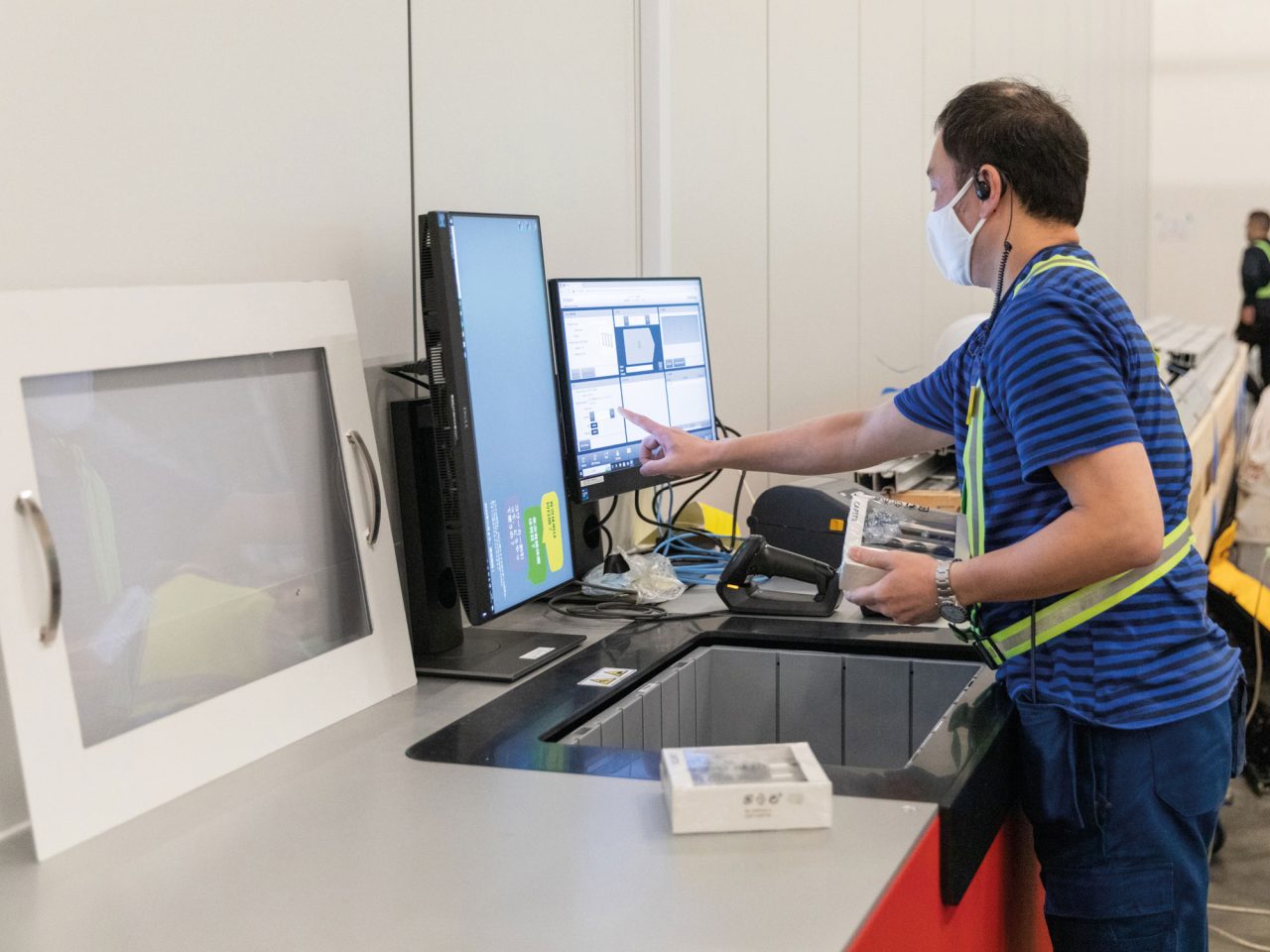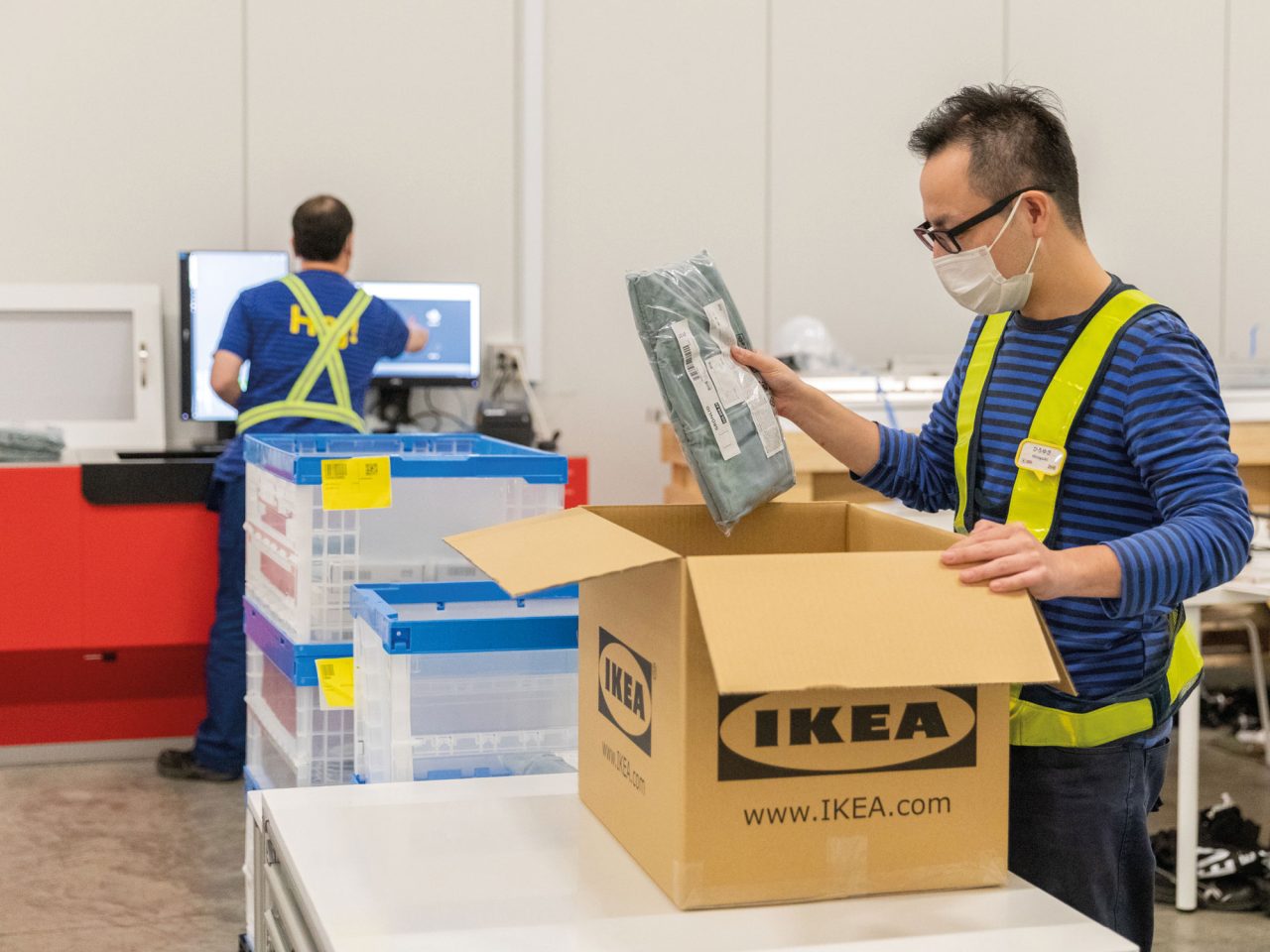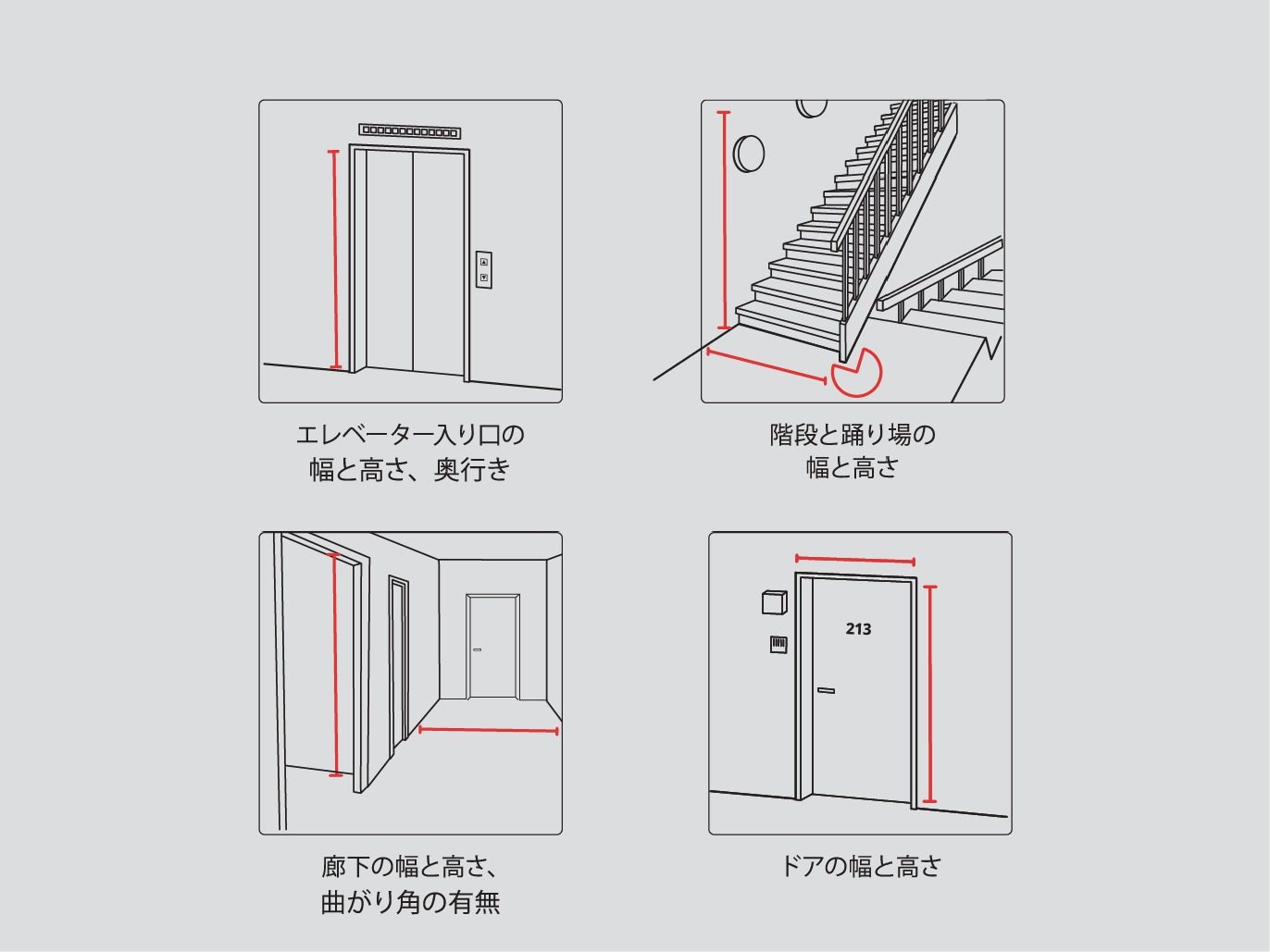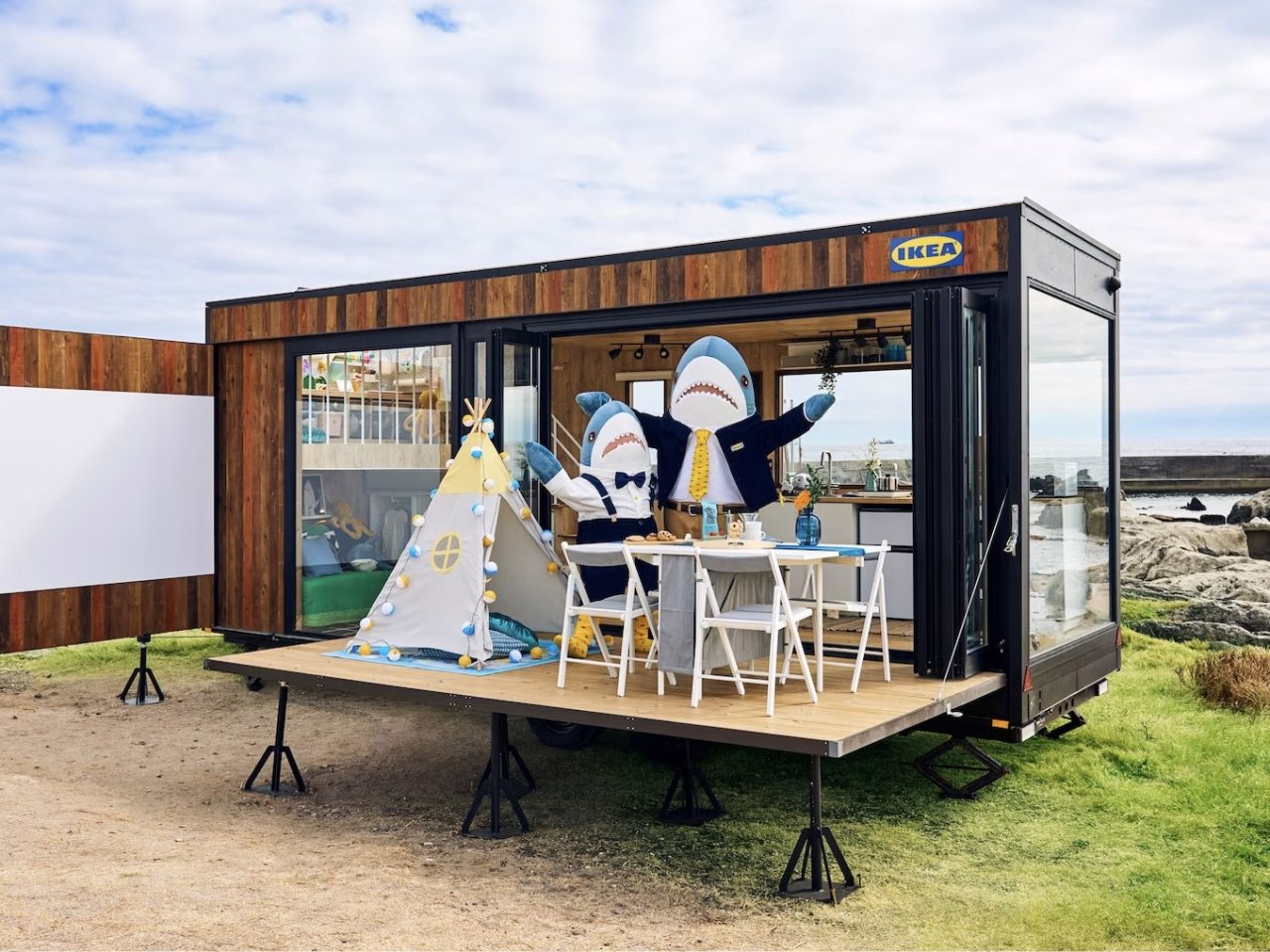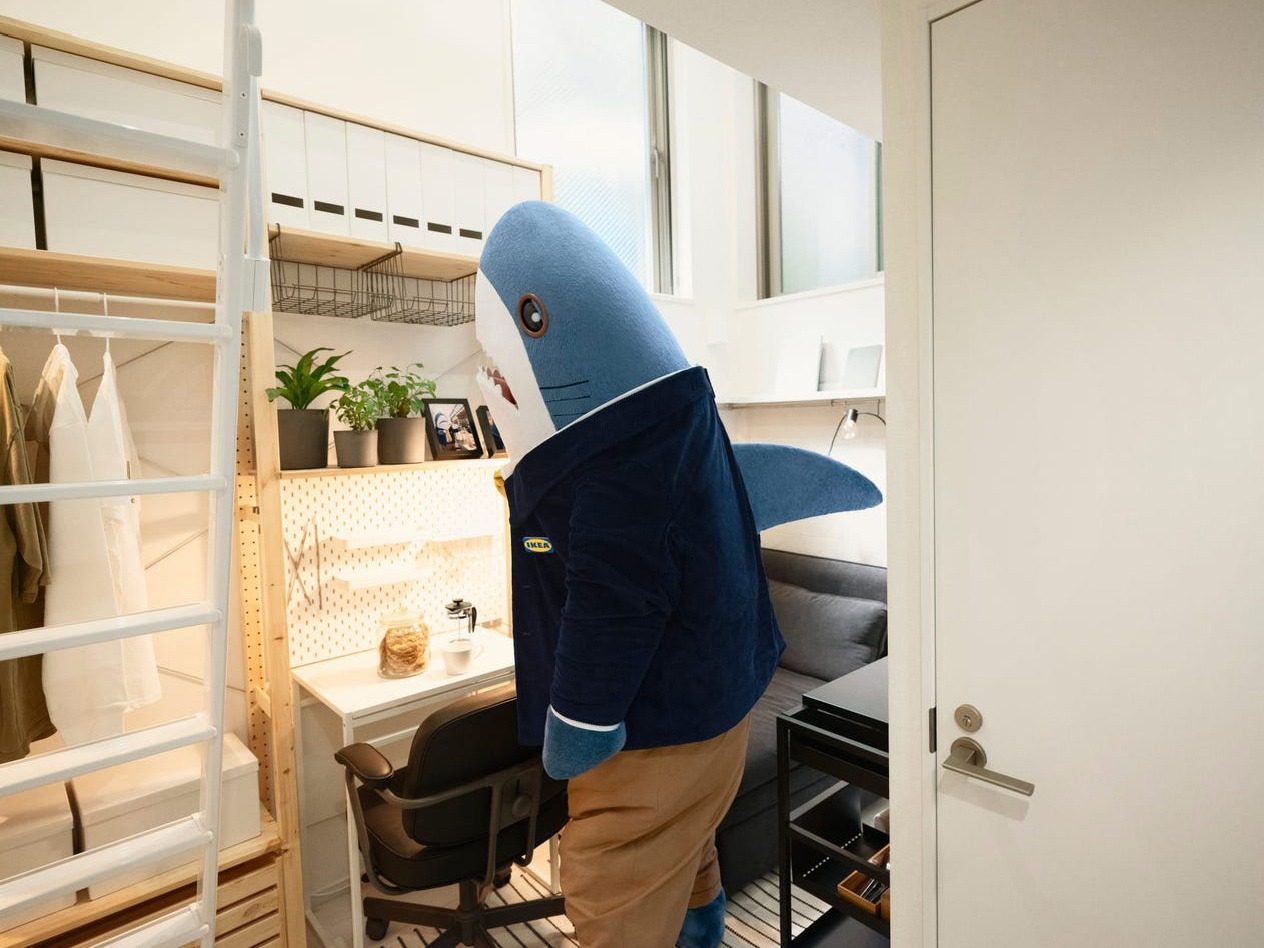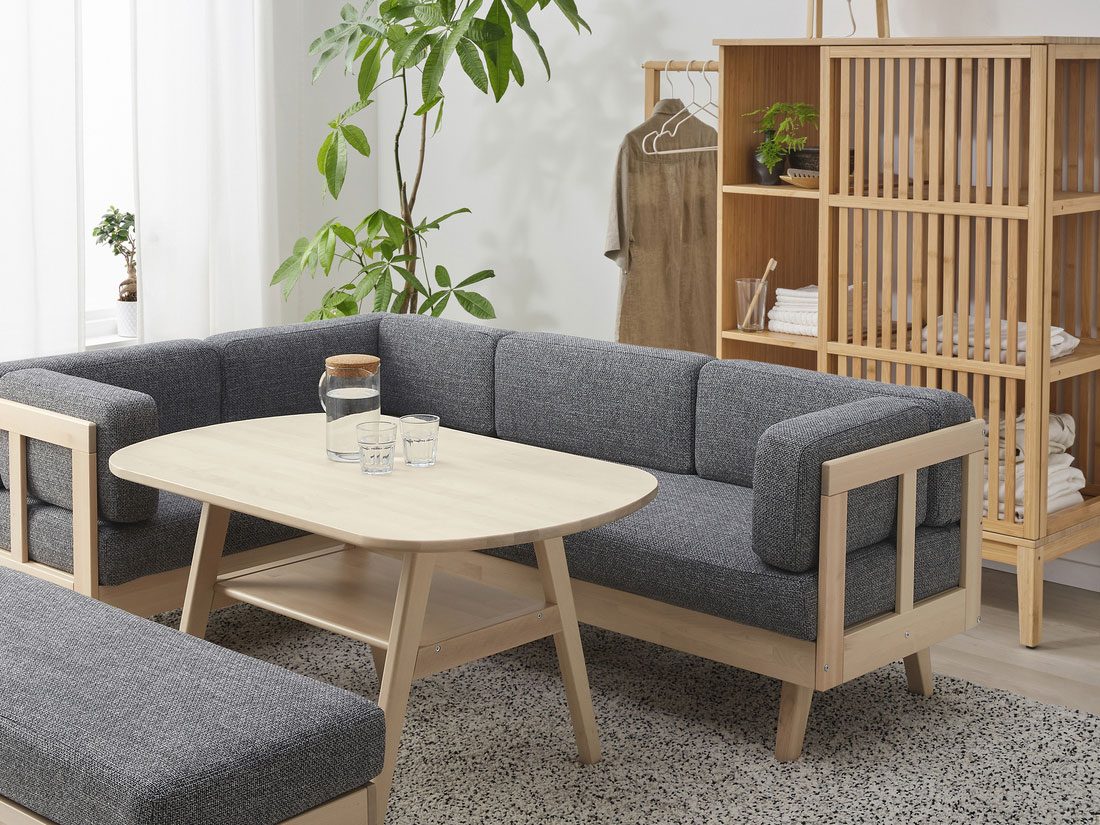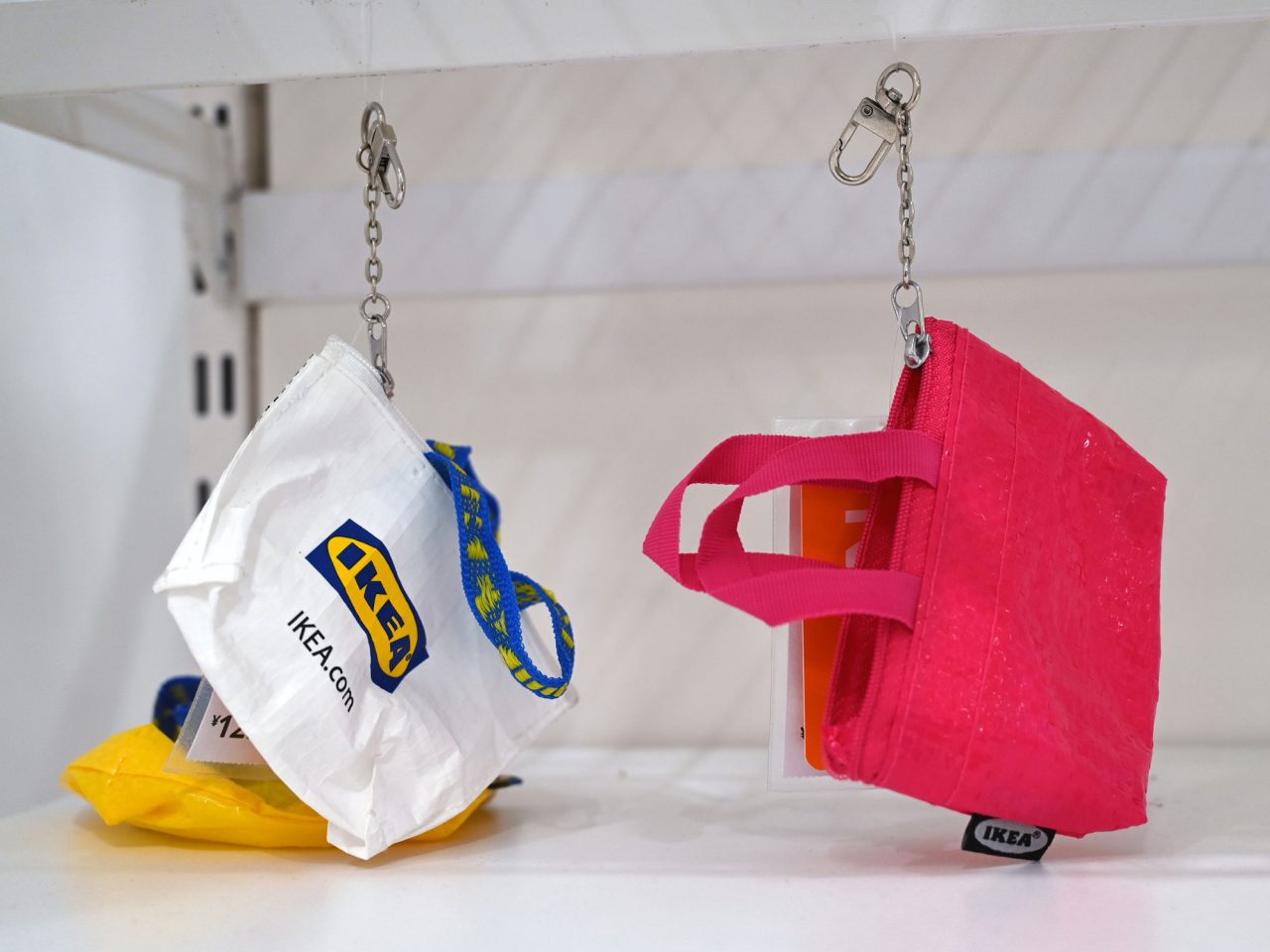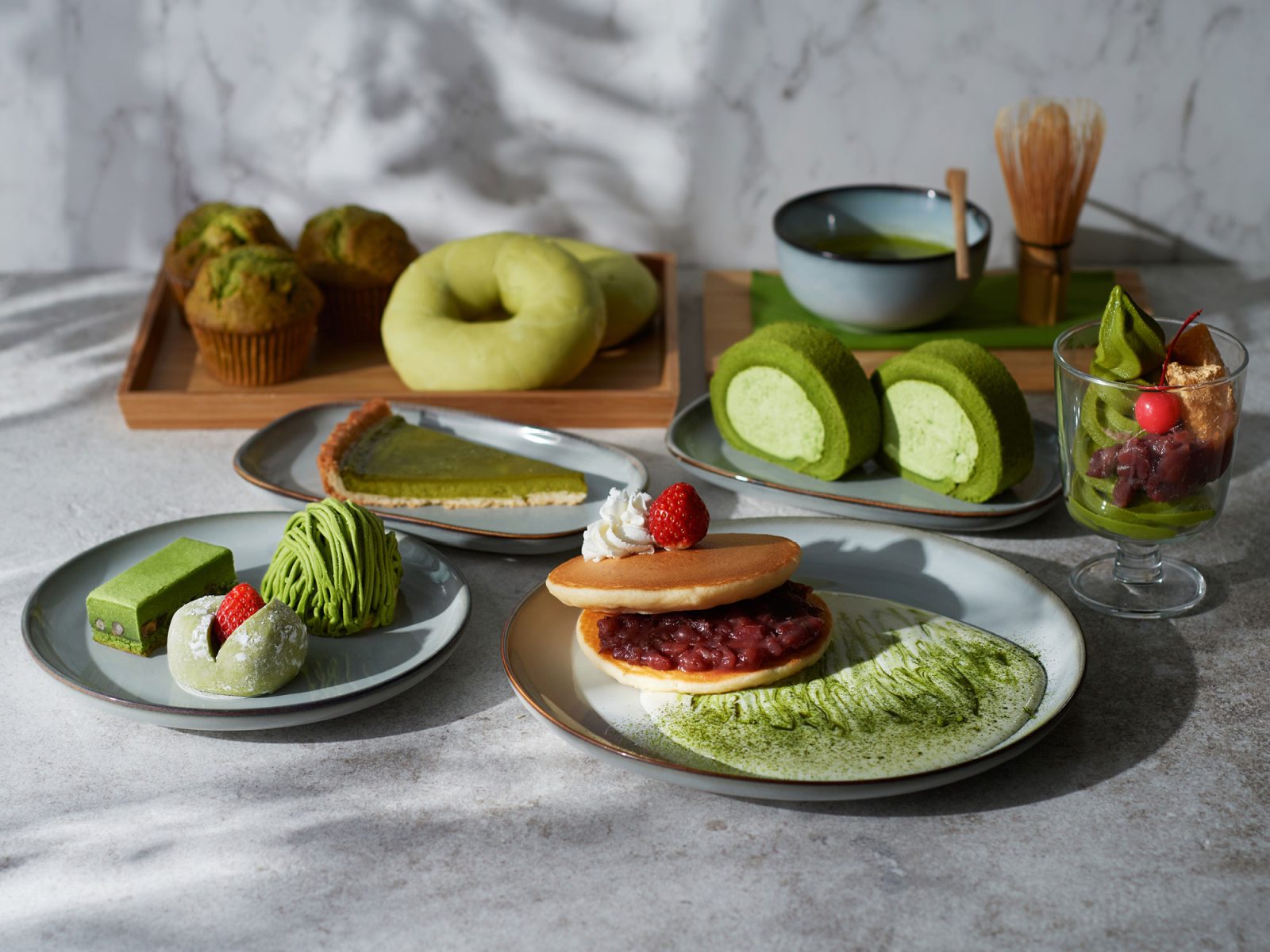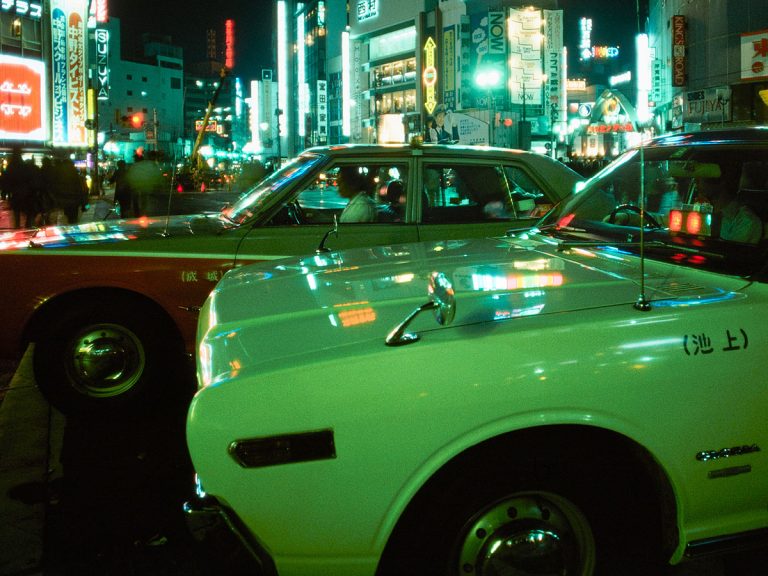The first attempt’s failure rested on everything from a lack of capital to a serious lack of insight into Japanese society. Only later did IKEA realise it was very hard to sell three-seater sofas and tall bookcases to city folk living in small spaces. To then expect them to transport their furniture home and assemble it themselves… Well, to many Japanese people, that was an insult.
The plan was to open the first store in about 2005, but Ingvar Kamprad wrote a letter to head of IKEA at the time, Anders Dahlvig, warning him not to hurry things. Ingvar remembered Japan as “a special market that requires a lot of preparation, especially in terms of quality.” He also recommended, based on his own experience from the 1970s, that they must “get it right from the start, we’ve already had a big failure there.” Ingvar felt that IKEA had a lot to learn from Japan when it came to raising the service level “a fair amount”.

